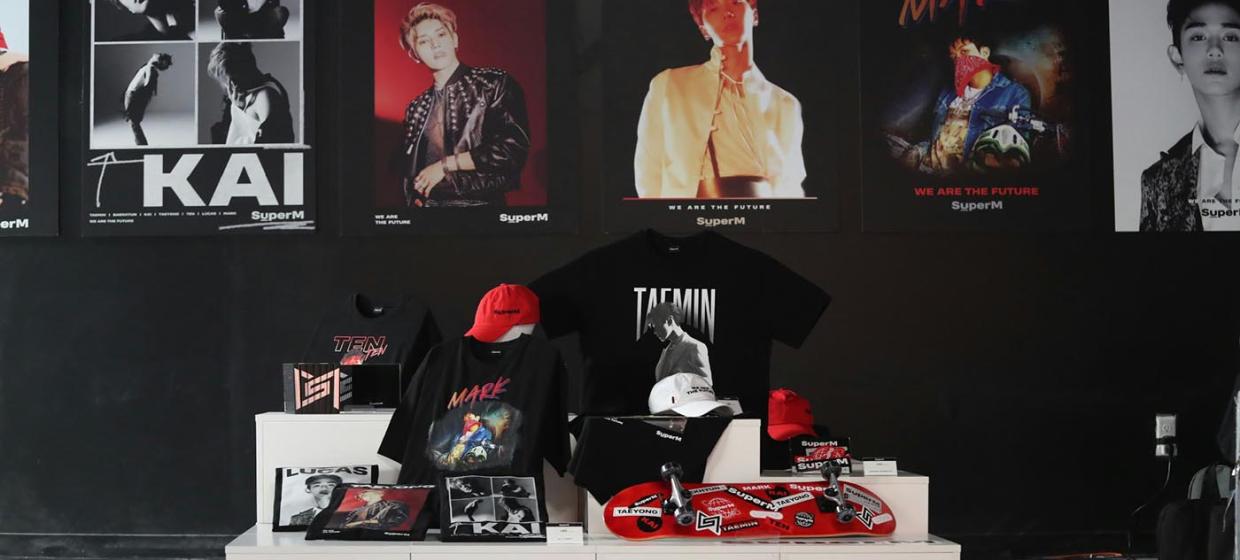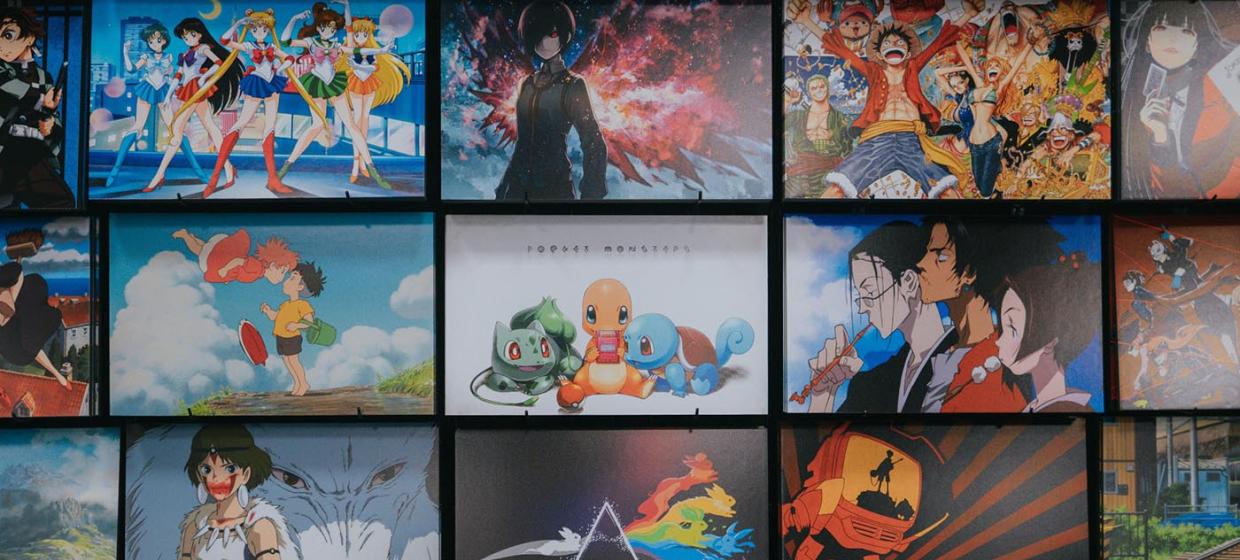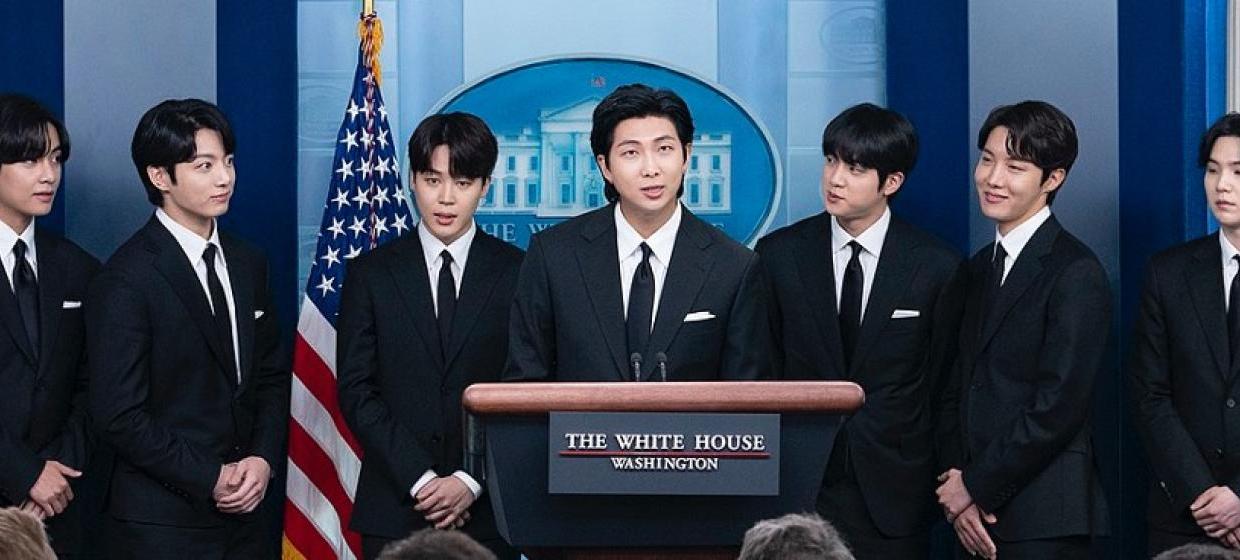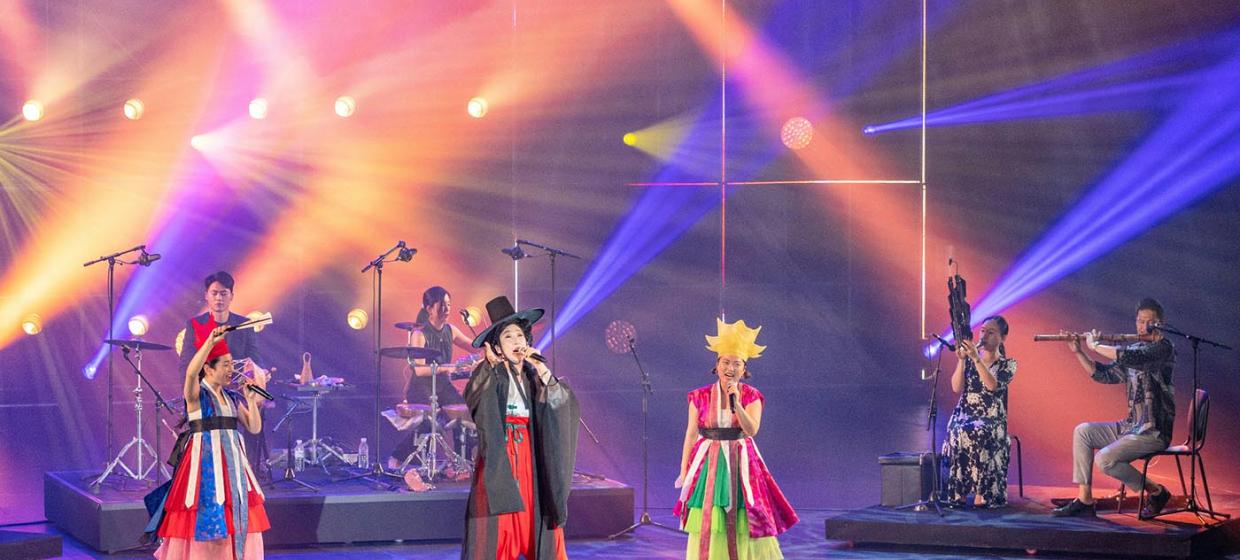Since starting in March 2023, the Pop Pacific blog has become a dynamic collection of over 60 posts about transpacific popular culture. This index helps you find what you want in our growing collection. We add new content regularly.
Our story began at the Association for Asian Studies conference in Honolulu, where we shared our Pop Pacific research. After our presentation, Paramita Paul from the International Institute for Asian Studies (IIAS) came to us with an exciting idea: could we turn our academic work into a friendly, readable blog? We said yes immediately.
Our goal is simple but important: write in a conversational style about topics we love while creating a useful resource for teachers, students, and pop culture fans around the world. We write every post thinking about non-native English speakers and general readers, because we believe complex ideas should be expressed clearly.
The best surprise? Learning that readers worldwide use our posts in their classrooms or simply enjoy reading them for pleasure.
Thanks to IIAS's support, everything here is completely free. The best way to help our volunteer team? Share posts you like and help us build this community. We love reader comments and corrections, and we actively welcome submissions from writers everywhere, especially those whose first language is not English. Your voice is important in this conversation.
-- Jayson
How to use this index
We've organized posts by topic to make them easy to find. Think of this as your guide to our content. Teachers can go directly to posts perfect for their classes. If you're reading for fun, simply choose what interests you. Whether you need material for teaching or just want to explore, this index will help you find exactly what you're looking for.

Photo by Joel Muniz on Unsplash
Posts that explain who we are, what we do, and how to join in. Teacher note: Good background readings to introduce the concept of the blog to students.
- Introduction to the Pop Pacific – REMIX - The essential piece that explains what this blog stands for and what you will discover here.
- Generation Z Is Japanese - How young people worldwide adopt Japanese style, media, and values, often without knowing it.
- K-culture and J-culture - How Korean, Japanese and Western pop cultures mix together, sometimes compete, and influence each other.
- A Tale of International Identity: The Origins and Meanings of J-pop and K-pop - Why the "J" and "K" in J-pop and K-pop mean something different than most people think..
- What is J-pop and K-pop? (part 1 REMIX) J-pop Roots - First steps in explaining both music styles.
- What is J-pop and K-pop? (part 2 REMIX) K-pop Innovations - Innovation in K-pop seen through a new lens.
- Transnational K-pop (part 1 REMIX) - The first in our series on how K-pop reaches far beyond Korea.
- Come Write for Us: The Pop Pacific Blog Guidelines - Learn how you can join us by sending us your own writing.

Photo by Dex Ezekiel on Unsplash
Posts that use anime and manga to explore history, society, and culture. Teacher note: Perfect for courses on pop culture, East Asian history, or media studies. Many posts work well with classroom film screenings.
- Aaaan-punchi! Anpanman and High-Speed Growth - A children's hero created during a time of rapid change.
- Akira": The Groundbreaking Anime That Reflected Japan's Economic Bubble Era - How Akira mirrored its time, especially Japan’s wild economic heights.
- Attack on Titan - What this global hit from a decade ago tells us about today’s youth.
- Beyond Anpanman - Yanase Takashi’s unlikely rise to cultural giant.
- Cold War Chic: Spy x Family - An enjoyable look at style, fashion, and what nostalgic aesthetics mean.
- Doraemon (1): The Nobi Family as a High-Speed Growth Family - Using manga to understand social history.
- Doraemon (2): Social Class and Nobita’s Friends - Class divides in a children’s comic.
- Large Eyes, Pointy Noses: How Manga Became “Manga” - TThe history behind the visual style that defined a medium.
- Neon Genesis Evangelion: The Perfect Anime for Japan’s Economic Crisis - Why this anime hits differently if you know Japan’s history of boom and bust.
- One Punch Man as Post-Bubble Pop Culture - Heroes living in a world after economic collapse.
- Spirited Away (1): Navigating Economic Collapse Through Fantasy - How fantasy stories reflect real economic struggles.
- Spirited Away (2): Power and Moral Choices for Gen Z - Using Spirited Away to explore what matters to young people today.
- Spy x Family and Japan’s Need for Kizuna - How family connections (kizuna) appear strongly in this extremely popular series.
- Transnational Origins of Manga - How manga’s roots stretch across oceans and cultures.
- Young Love, 1963: From up on Poppy Hill (2011) - A look back at romance in an era when things were gentler, even in animation.

Photo by Eun Jun Kim on Unsplash
Posts showing how K-pop developed, created new ideas, and spread around the world. Teacher note: Perfect for classes on globalization, identity, and media industries or courses on Korea. Many posts create interesting debates about cultural ownership.
- Apt.: The Transpacific Pop Pacific Song - How one song carries influences from many cultures and places.
- BLACKPINK, New Jeans, Stray Kids, Enhyphen, and NMIXX: Australian K-pop Idols - What it means when Australian performers become K-pop idols. ONE OF OUR MOST CITED POSTS!
- K-culture and J-culture - How Korean, Japanese and Western pop cultures mix together, sometimes compete, and influence each other.
- Patti Kim: US Bases, Korea, and Music in the 1950s - How U.S. military bases created opportunities for music and cultural exchange in Korea.
- Rosé Chaeyoung Park: The Pop Pacific artist - A detailed look at Rosé's success and her importance in this transpacific story.
- Transnational K-pop (part 1 REMIX) - The first post in our series about how K-pop reaches far beyond Korea.
- Transnational K-pop (part 2): “K” as Asia - What it means when "K" in "K-pop" also represents Asia as a whole.
- Transnational K-pop (part 2): “K” as Asian America - What happens when K-pop enters Asian America and transforms.
- Transnational K-pop (part 3): China - How China shifts what K-pop looks like and where its power lies..

Photo by The White House on Wikimedia (public domain)
Posts about how language works in K-pop. Teacher note: Useful for understanding how language shapes a music genre's identity and creates power relationships.
- Languages of the Pop Pacific (part 1) - Korean - How Korean language creates the identity of this pop network.
- Languages of the Pop Pacific (part 2) – English - What happens when English becomes part of transpacific pop.
- Languages of the Pop Pacific (part 3) - Japanese - How language influences pop when Japanese becomes a way to express K-pop.

Photo by Senad Palic on Unsplash
Posts that connect Japanese popular music to its social and historical background. Teacher note: Use in music history or Japan studies classes. Many posts compare music with historical changes.
- Apples, Boogie and Shamisen - What music developed in Japan due to prewar trends and Allied Occupation?
- Baby Metal: Musical Entrepreneurs - How this band combined business, identity, and spectacle.
- Bedlam at the Nichigeki Theater - The most exciting rockabilly night in 1958 and how it changed Japanese pop music.
- Forging the Formula - The making of Japan’s first hit song in 1914.
- “The Girl is Mine”: Selling Dreams in Akihabara - How AKB48 represented music as a business model.
- Happy End’s Happy End: The Band that Made “Japanese” Rock - Story of a band that helped define what Japanese rock means.
- J-pop is J-WAVE Pop - How a radio station helped shape J-pop.
- Kasagi Shizuko and Tokyo Boogie Woogie - Rebuilding culture after the war.
- Okabayashi Nobuyasu and the Rise of Pop Gods - How one artist’s journey helps explain pop’s evolution in Japan.
- Radio Killed the Record Star - How radio changed the music business, and how that history connects to today.
- Something Old and Something New - How traditional styles combine with new ones in surprising ways in early 20th century Japanese music.
- The Great Rokabirī Panic of 1958 - When rockabilly shook up social norms in Japan.
- Tokyo March - A city expressed through song and performance in the bestselling 1929 song.
- Tokyo Ondo - Looking at Tokyo's "traditional" musical celebrations and how "tradition" and pop culture meet in dance.
- Underrated: The Showa Era’s Best Female Vocalist - Beyond Hibari Misora to look at Eri Chiemi.
- Introduction to the Pop Pacific – REMIX - The essential piece that explains what this blog stands for, connected to the author's experiences.
- Red Hunting in Paradise - John Wayne’s worst movie and a novel’s spark.
- The Hidden Mainstream - Rethinking what counts as “mainstream” J-pop when many of the hits are unknown outside Japan.
- Reverse-engineering Popular Songs - Understanding what makes a hit song - in early 20th century Japan!
- Something Old and Something New - Where nostalgia meets new ideas.

Photo by ASIA CULTURECENTER on Unsplash
Posts showing how music and culture travel, change, and transform across Asia and the Pacific. Teacher note:Useful for courses on transnational history, Asian history and cultural exchange. Shows the Pacific as a connected region.
- American Bases as Crucibles of the Pop Pacific - Military bases as unexpected centers where culture, sound, and identity meet.
- The “Butterfly” Effect - How a Boston teacher and Japanese government official changed Japanese music.
- Beonangayo: Korean Musicians Adapt Western Songs - How early musicians took Western tunes and created something uniquely Korean. (Includes playlist for students)
- Hawai‘i, Okinawa and the Pop Pacific - Islands, identity, music, and how location influences culture.
- Manila Sound and the Roots of Pinoy Pop - The Filipino groove that started it all.
- Prewar Transnational Pop Stars - Before WWII, pop stars were already moving across borders and making waves.
- Shanghai: The 1930s, Jazz, and Popular Music in “The Paris of the East” - Jazz, glamour, contradiction, and a city that offered both hope and danger.
- Transnational Origins of Manga - How manga’s roots stretch across oceans and cultures.
- The Wildcat of Shanghai - More about Wang Renmei, lead singer for Asia’s first girl group and popular actress in prewar China.

Photo by Patra Patt on Unsplash
Posts exploring how pop culture reflects love, identity, and representation. Teacher note: Good for courses on race, gender, and media. Short and thought-provoking for discussion.
- Asian Man, Black Woman (part 1) - Beginning of a series about love, identity, and the spaces between two marginalized groups. ONE OF OUR POPULAR POSTS.
- Asian Man, Black Woman and the K-pop/Anime Connection - How love stories across race and media can change identity.
- Heartthrob: How James Shigeta Became Hollywood's First Japanese American Leading Man - A look at one of Asian America’s pioneering actors.

